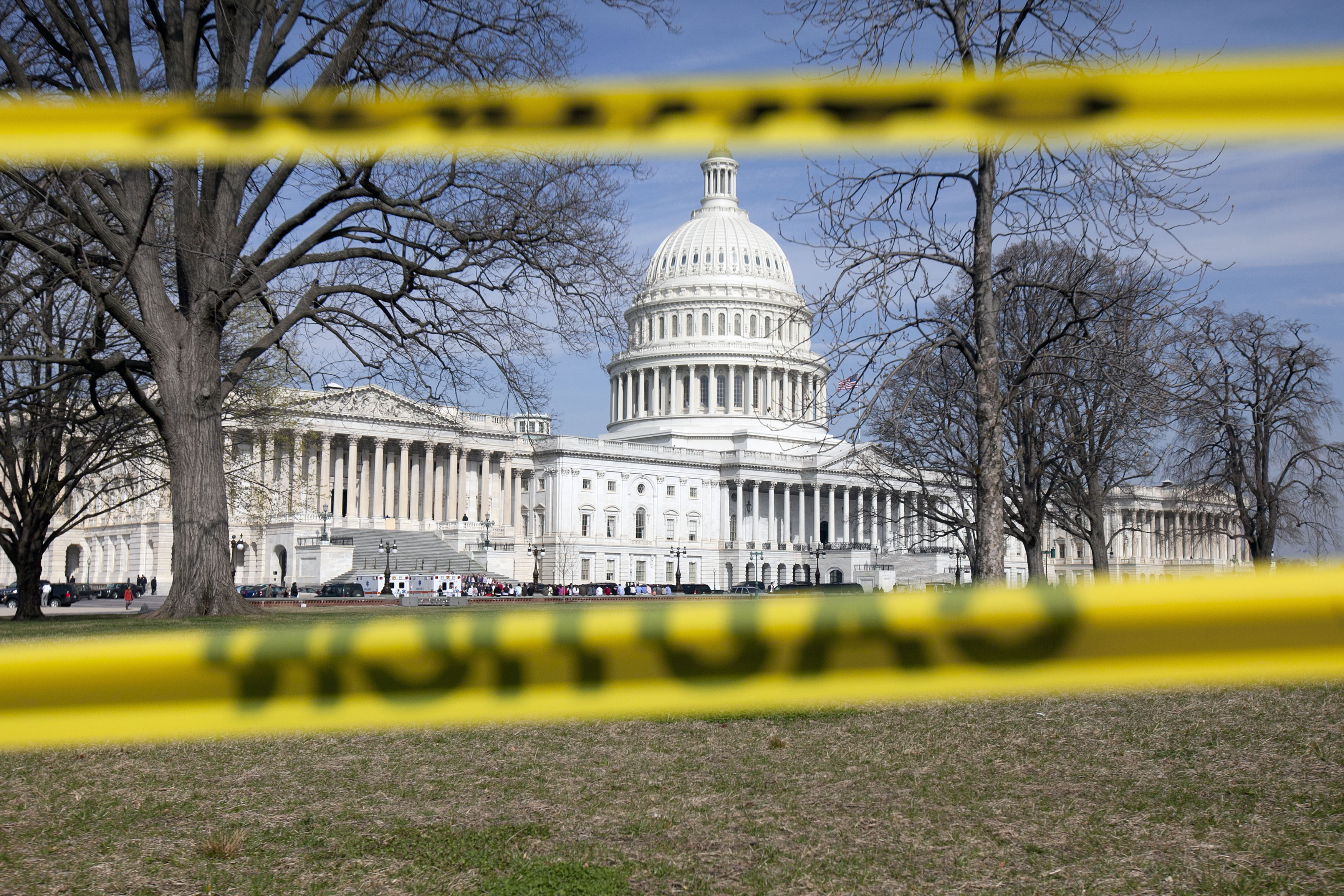The Rules for Making a Medigap Switch
You want to find the best Medicare Medigap plan for your budget. Sometimes that means changing things up.


Donna LeValley
If you're on traditional Medicare, you already know the importance of having a Medigap plan. Medigap is private supplemental insurance that helps fill gaping holes in traditional Medicare's government-administered coverage, like the $1,632 Part A deductible for hospital care or Part B coinsurance for doctor services, typically 20% in addition to this year's $240 Part B deductible.
There are 10 types of Medigap plans, each labeled by a letter from A to N, and every plan with the same letter has identical benefits, even if the insurer is different. But the monthly premiums can be worlds apart. Depending on the insurer, a 65-year-old male in Florida could pay anywhere from $237 to $409 a month for Medigap Plan G, even though the coverage is identical.
That price differential is why it pays to periodically test the market.
From just $107.88 $24.99 for Kiplinger Personal Finance
Be a smarter, better informed investor.

Sign up for Kiplinger’s Free Newsletters
Profit and prosper with the best of expert advice on investing, taxes, retirement, personal finance and more - straight to your e-mail.
Profit and prosper with the best of expert advice - straight to your e-mail.
"I'd say about 50% of people are paying too much for their Medigap plans," Kelly Maxwell, owner of the insurance brokerage Seniors Mutual in Austin, Texas, tells Kiplinger. Hill says insurers often offer attractive, teaser rates to lure newcomers, who have just turned 65 and joined Medicare, before hiking those premiums later on.
Maxwell explains that "companies have lower rates for new enrollees at, say, 75, than current policyholders at 75. This is due to the new customers having to go through underwriting. Because of this, the company knows the new people are healthy — at least healthier compared to existing policyholders that have developed health conditions."
He thinks it is worth it to shop for a new policy "maybe every five years or so, because if you switch, companies will offer lower rates because you have to pass health underwriting to qualify. That can save people up to $100 per month, just a guess. But you have to be healthy. Any serious issues and you can't qualify."
But just how easy is it to switch Medigap plans, and are you still guaranteed coverage the way you were during your initial enrollment?
Rules and restrictions on making a Medigap switch
The good news is you can switch Medigap plans any time and not just during Medicare's annual open enrollment from October 15 to December 7.
The bad news is you aren't guaranteed to qualify for a different plan, including one with the same letter. That guaranteed acceptance, regardless of your health, only lasts for the six months after you turn 65 and first sign up for Medicare Part B.
After that, medical underwiting applies. Most applicants are "likely to qualify for a new plan, unless they have something serious like diabetes or a heart condition," Hill says.
The decision will vary by insurer. You could be denied coverage outright, accepted but charged a higher premium, or face a waiting period of up to six months after you enroll before a preexisting condition is covered. During that time, only Parts A and B would cover the condition, leaving you to foot the bill for any coverage gaps.
A few states, such as California, Connecticut, Massachusetts, New York and Vermont make it easier to switch plans and still qualify for coverage. But even these states "usually have limits to ensure that people can only switch to equal or lesser coverage, not to upgrade their coverage," says Louise Norris, an author with medicareresources.org.
You are also guaranteed coverage if you must switch Medigap plans through no fault of your own — for instance, if your insurer goes bankrupt. Otherwise, acceptance isn't guaranteed, so don't cancel an existing policy until you're sure you've qualified for a new one.
Medicare Advantage exceptions

The same Medigap underwriting restrictions also apply if you switch to traditional Medicare from its private insurance alternative, a Medicare Advantage plan, also known as Part C, with three notable exceptions.
If you signed up for an Advantage plan right after joining Medicare, you have a 12-month trial window, and the same is true if you have a Medigap plan and drop it to join Medicare Advantage for the very first time.
During that trial window, "you can leave your Advantage plan, switch to original Medicare, and you'll have limited guaranteed-issue access to Medigap," says Norris. You'll be allowed to switch back to your previous Medigap plan, or if you didn't have one before, sign up for any Medigap plan in your area.
If you move to a place not covered by your Advantage plan or the insurer stops providing coverage, you get another Medigap guaranteed-issue period. But Medigap enrollees who move to another region don't, because Medigap plans offer nationwide coverage.
Outside of these exceptions, Advantage plan members who switch to traditional Medicare and want a Medigap plan will face underwriting. What's more, Advantage policyholders will only be allowed to switch at set times: during traditional Medicare's open enrollment each fall and Medicare Advantage's annual open enrollment from January 1 to March 31.
Related Content
Profit and prosper with the best of Kiplinger's advice on investing, taxes, retirement, personal finance and much more. Delivered daily. Enter your email in the box and click Sign Me Up.

David is a financial freelance writer based out of Delaware. He specializes in making investing, insurance and retirement planning understandable. He has been published in Kiplinger, Forbes and U.S. News, and also writes for clients like American Express, LendingTree and Prudential. He is currently Treasurer for the Financial Writers Society.
Before becoming a writer, David was an insurance salesman and registered representative for New York Life. During that time, he passed both the Series 6 and CFP exams. David graduated from McGill University with degrees in Economics and Finance where he was also captain of the varsity tennis team.
- Donna LeValleyRetirement Writer
-
 I want to retire, but I have to keep working so my adult kids have insurance. Help!
I want to retire, but I have to keep working so my adult kids have insurance. Help!It's a tricky period when your adult child is under 26 but needs health insurance. We ask financial experts for advice.
-
 Preferred Bank Stocks: The Investment Retirees (and Others) May Be Missing Out On
Preferred Bank Stocks: The Investment Retirees (and Others) May Be Missing Out OnMost large banks issue preferred stocks that pay out fixed dividends, often with higher yields than bonds. Should you make room for them in your portfolio?
-
 I Want to Retire, but I Have to Keep Working so My Adult Kids Have Insurance
I Want to Retire, but I Have to Keep Working so My Adult Kids Have InsuranceIt's a tricky period when your adult child is under 26 but needs health insurance. We ask financial experts for advice.
-
 Preferred Bank Stocks: The Investment Retirees (and Others) May Be Missing Out On
Preferred Bank Stocks: The Investment Retirees (and Others) May Be Missing Out OnMost large banks issue preferred stocks that pay out fixed dividends, often with higher yields than bonds. Should you make room for them in your portfolio?
-
 6 Steps to Protect Your Retirement Savings
6 Steps to Protect Your Retirement SavingsDon't let a shaky economy and volatile market derail your retirement. These moves will help ensure your money lasts as long as you do.
-
 You're High-Net-Worth: Should Your Retirement Savings Be in a Swiss Bank?
You're High-Net-Worth: Should Your Retirement Savings Be in a Swiss Bank?Swiss banks have long been a haven for the wealthy. Here's how to safeguard your retirement account in a Swiss bank — and whether you should.
-
 Should You Replace Your Financial Adviser with AI?
Should You Replace Your Financial Adviser with AI?Financial Help Many people already ask AI for financial advice. But is it good enough to replace a human financial adviser?
-
 The Spendthrift Trap: Here's One Way to Protect Your Legacy From an Irresponsible Heir
The Spendthrift Trap: Here's One Way to Protect Your Legacy From an Irresponsible HeirA spendthrift clause in an estate plan can protect an inheritance from a financially irresponsible child's debts and poor decisions.
-
 Five Things to Consider Now If You Want to Retire in 2026
Five Things to Consider Now If You Want to Retire in 2026To retire with confidence in the year ahead, tackle these essential tasks right now.
-
 What the Government Shutdown Means to Retirees
What the Government Shutdown Means to RetireesDepending upon how long it lasts, a government shutdown can impact your daily life, including seeing family, managing your health, and enjoying your free time.